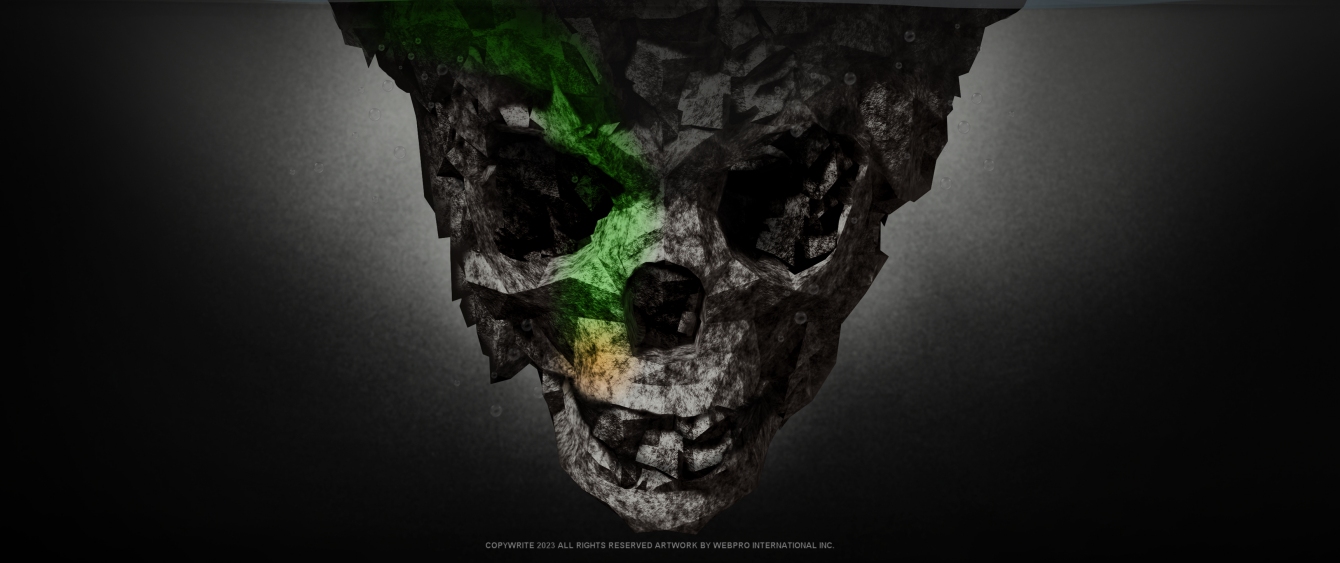Any domain which intentionally competes with a similar URL will ultimately injure the primary domain, by diluting the company’s reputation, product or service.
A bad practice known as "typosquatting" or "URL hijacking" can potentially harm the primary domain's reputation and organic search engine placement. This can be the death knell for any domain.
This is where an individual registers a domain name taking advantage of a common typo or perhaps with a slight variation of a well-known brand. Their goal is to is either divert traffic from the real company or genuine source to an unsuspecting user and guide them elsewhere.

Several ways typosquatting can negatively affect the primary domain or someone selling or representing product chooses to design their own website version which is a larger liability.
What do Subway, Verizon Wireless and Chick Fil A have in common?
They’re all franchise business models. What do you think would happen if some of the franchisees went rogue and decided to design their own websites, and print their own menus without corporate’s knowledge?
I can just see every law firm in America doing the happy dance around their cash registers!
There’s a very good reason why those companies depend on standardized messaging, approved media, and insist on predictable results when it comes to serving, feeding or educating the general public. By having consistency across all channels, businesses like Chick Fil A effectively delivers realistic expectations for their consumers. The reason you see cars wrapped around the parking lot all day long waiting for a Chick Fil A is because they deliver a consistent product. You know how your meal should look, what it will cost and how long it will take to get it!
Back to the ill effects of typosquatting.

Brand Reputation
Want to create utter confusion? The primary domain or company is damaged when users are confused between the original and the counterfeit site.
What if someone on an unauthorized website uses language that damages the expectation of the user by offering Free Hotdogs? In actuality, there’s a small charge of 11 cents where the user can eat all the bow wows they want but that's not what the Google ad said did it?
That’s a bait and switch tactic we see in an effort to drive traffic either to a website or to a storefront. Want to see how fast you can you upset a customer? What about the Federal Trade Commission? If so motivated, a customer could easily prove they were injured in a court of law. Take WEBPRO.COM for example. There are millions of wannabes who claim to be WEBPRO who shortchange the public. What do you think happens about 20 times a month? We get a call or an email from someone in a foul mood. It doesn’t take but a few minutes to quickly turn a negative into a positive by providing a solution or the right answer. All because they assumed our company was the one that provided a disservice. What does that cost the company? What’s at stake if we ignore them? It clearly takes time to salvage any situation.
Scams or Poor Quality
If the typosquatted website is of poor quality or possibly a scam, one can conclude a memorable negative experience for the customer. The conclusion is fairly predictable thus leaving the customer, brand, and company severely injured.
Negative SEO Impact or Link Juice Dilution
Link Juice Dilution of Search Results is Real. Typosquatted domains can dilute the search engine results, leading to a diminished traffic forcing more peripheral ad spend.
The Hazards of Duplicate Content: If the counterfeit site has similar or copied content, search engines might penalize both sites for duplicate content including identical meta tag and meta tag repetitiveness.
Security Threats and Phishing
Typosquatted domains can sometimes be used for phishing attacks, which can also harm the reputation of the original domain. If the counterfeit site is used to distribute malware, users might associate the security threat with the original brand. We wrote many years ago why most websites fail. Chiefly because website administrators walk away from outdated plugins and security patches. We won’t get sidetrack with a full-blown technical post why (WordPress in particular) is a liability. We’ll only briefly identify a few touchpoints by calling out the most common problems.
Mind you, when these problems arise it’s not because certain websites like WordPress are constantly under attack, it’s because the people who manage and host websites like WordPress don’t bother to read and act on the following.
Insecure Plugins, Themes and Abandoned Components
The vast ecosystem of plugins and themes can sometimes include poorly coded or outdated components with security vulnerabilities.
Proactive Mitigation Strategies
Simply put, you need to prepare and protect your primary domain. Ask your creative department to snap up as many domains as possible including common misspellings and variations of your domain to protect your brand against typosquatters.
Legal Action
Prepare to take legal action against anyone who misuses or infringes on trademarked or copyrighted names as well as materials including all content and digital assets. Digital asset management is essential.
Monitor Brand Reputation
Keep an eye on the reputation and regularly check for imposter sites or brand misuse.
Monitoring brand reputation is crucial to understand public perception and manage any potential damage to your brand's image.
Here are some of the easiest ways to keep an eye on your brand's reputation:
1. Google Alerts
Set Up Alerts: Create Google Alerts for your brand name, products, and key personnel. You’ll receive notifications when they are mentioned online. Customize alerts by adjusting settings to monitor specific keywords and phrases across news articles, blogs, and the web.
2. Social Media Monitoring:
Utilize social media monitoring tools like Hootsuite, Sprout Social, or Brandwatch to track mentions, hashtags, and keywords related to your brand.
3. Review Sites
Monitor Reviews by keeping an eye on review sites like Yelp, TripAdvisor, and Google Reviews, depending on your industry.
Respond to Reviews
This is a common weakness even with our clients. You need to respond to positive and negative reviews professionally to demonstrate customer care. The worst thing you can do is ignore reviews especially critical comments. Always take the high road when responding, and never get into a spitting contest. If you show politeness while they are still being nasty, then report the thread to Google. It’s possible they will remove it.
4. Analytical Tools
You can use SEO tools to track brand mentions and sentiment across the web. Leverage Google Analytics to monitor referral traffic and find sources mentioning your brand. Although Google’s statistics are the cat's pajamas, we like using Smarter Tools for trends. The advantage of using a boutique hosting company like WEBPRO instead of a GoDaddy, we have more readily available support and reporting than most.
SEO Optimization
Anyone who follows WEBPRO knows we know that optimizing the primary domain for search engines will ensure your domain will appear in the top 1% of the search results. We’ve kept that promise with every client since 1994.
Public Awareness
This is extremely time consuming but educating the public to be wary of counterfeit or phishing websites is a must. It should be common sense to check every URL carefully. In terms of SEO specifically, Google and other search engines have algorithms to handle these issues, and they aim to ensure that such practices do not significantly impact the original domain. However, it's always better for businesses and administrators to be proactive in managing, and protecting their company’s domain names and brand reputation.
